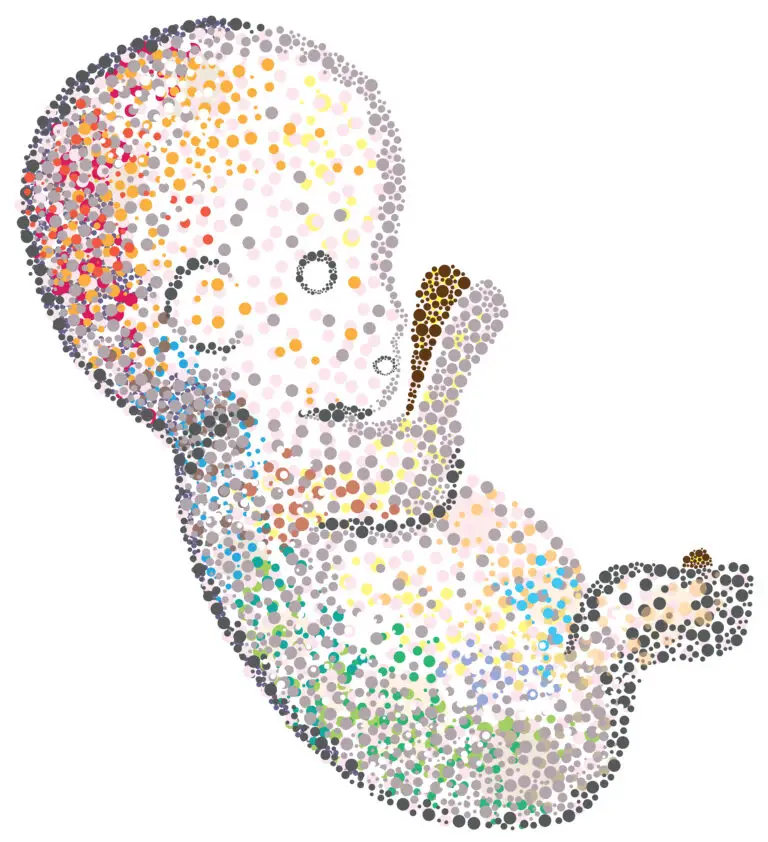Genome

Table of Contents
What is a Genome?
A genome is the complete set of genetic material (DNA or, in some cases, RNA) present in an organism. It encompasses all the genes and non-coding regions of DNA, regulatory elements, and other sequences that make up an individual’s hereditary information.
The genome is the blueprint for all living organisms’ development, functioning, and maintenance.
Genome Key Points
Chromosomes
The genome is organized into structures called chromosomes. In eukaryotic organisms, chromosomes are located in the cell nucleus. Each species has a characteristic number of chromosomes and humans, for example, have 23 pairs.
Genome Size and Complexity
The size and complexity of genomes vary among different species. Some organisms have relatively small genomes, while others, such as humans, have larger and more complex genomes.
Genome Sequencing
Genome sequencing is the process of determining the complete DNA sequence of an organism’s genome.
Functional Elements in Genome
Besides genes, genomes contain regulatory elements that control gene expression, as well as repetitive sequences with various functions. Understanding these elements is crucial for unraveling the complexity of cellular processes.
Human Genome Project
The Human Genome Project, completed in 2003, was an international effort to sequence the entire human genome. It provided a reference genome and laid the foundation for understanding the genetic basis of human health and disease.
Related Links
Bioinformatics
Genotype
Karyotype
Phylogenetics